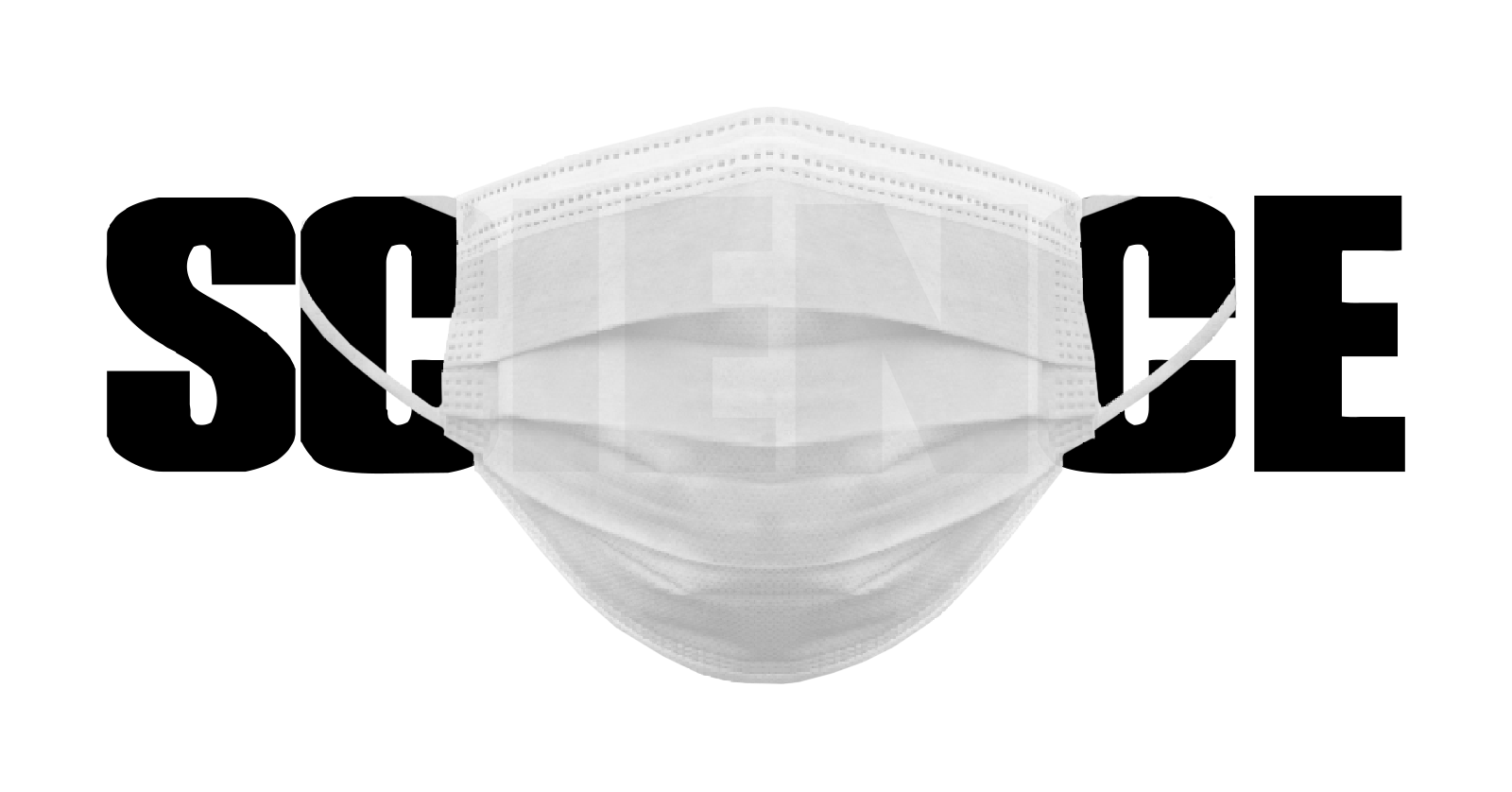What Happened to Our Faith in Science?

I love reading about natural events in history that have had a significant impact on humanity and the evolution of science. Such as the eruption of Krakatoa in 1883, the 1910 “Big Burn,” the largest-ever forest fire in America, the Great Halifax Explosion in 1917, the Dust Bowl Days during the 1930s, the most powerful earthquake recorded in North American history—the 1964 Great Alaska Earthquake, and the 1980 eruption of Mount St. Helens, to name a few. Each of these events— in its own way—had as much of an impact on human lives as it did on the scientific community and its methodology.
With the 40th anniversary of the 1980 Mount St. Helens eruption taking place on May 18th, 2020, I couldn’t help but think back to the book I’d read on the subject, Eruption: The untold story of Mount Saint Helens, by Steve Olson. In his book, Olson takes the reader through the lead-up to the cataclysmic event, and how its eruption influenced the evolution of volcanology in significant ways.
One observation in Olson’s book that stood out to me was how difficult it was for the state of Washington to evacuate and keep people away from the volcano before the eruption occurred. Scientists—with the help of state and local authorities—established a “Red Zone,” an off-limits perimeter around the volcano to keep locals, curiosity seekers, and others away from the mountain. But due to mounting public pressure, an exception was granted for locals with property near the volcano that allowed them to enter the Red Zone, gather as many possessions as they could, then turn around and leave. Lucky for them, that happened to be the day before the eruption occurred!
Fast forward to our current political and social climate in addition to being in the middle of a pandemic, then imagine convincing hundreds of people to vacate their property because a volcano may erupt at any given moment—as predicted by scientists. I don’t see it going well. With so many people in this country unwilling to wear a mask to the supermarket because it infringes upon their rights, or they don’t believe the science, imagine telling someone to vacate their property because scientists have predicted a volcano is about to erupt. It’s easy to visualize the level of chaos that would ensue in these divisive and troubled times.
The thing is, as scientists predicted, Mount St. Helens did erupt. And just as scientists predicted years ago, a pandemic like the one we’re currently experiencing is happening. What has changed so much in this country since the eruption of Mount St. Helens to make Americans doubt science?
" .... let’s bridge the partisan gap and get back to seeking real facts and real truths that will unify and elevate us as a country."
For one thing, conspiracy theories run rampant these days, and paranoia is everywhere. There is less middle ground and common sense because partisan politics force us to choose a side. If the right doesn’t agree with the left (or vice versa), the other side is demonized as extremist and unpatriotic. So-called “fake news” seems to have spawned “fake science,” while “truth” has become as malleable as clay, and the word “fact” is thrown around as if its meaning is subjective. These are obviously very different times from the 1980s.But I have hope that we can change for the better. The left and the right, Democrats and Republicans can get along if they choose. As citizens, we should not have to choose sides. The media is not our enemy—and science is definitely not our enemy. Instead of expending energy chasing conspiracy theories and sowing doubt, let’s bridge the partisan gap and get back to seeking real facts and real truths that will unify and elevate us as a country. If we can meet in the middle and choose common sense (backed by science), then anything’s possible for the United States of America.
####
0 Comments Add a Comment?